“Neuromancer” by William Gibson
Updated: 22 December 23
33
Introduction
“Neuromancer,” William Gibson’s seminal work, isn’t just a book; it’s a cornerstone of the cyberpunk genre that reshaped science fiction. Gibson, a maestro of speculative fiction, weaves a tale that is as intriguing today as it was at its 1984 debut, presenting a vivid, dystopian future dominated by technology and big corporations.
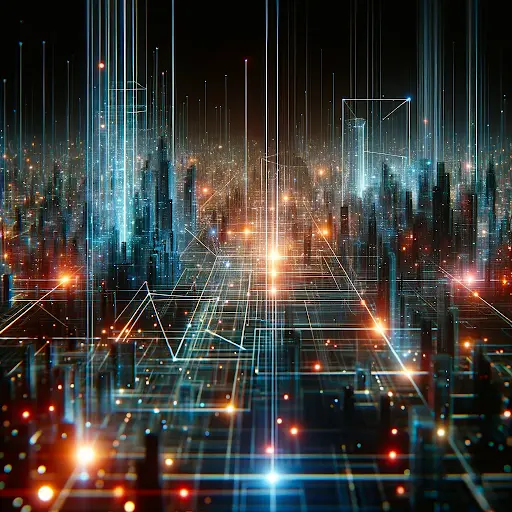
Author’s Background
William Gibson, an American-Canadian author, is often credited with pioneering the cyberpunk subgenre in science fiction. Before “Neuromancer,” his short stories were already pushing the boundaries of science fiction. With this novel, he not only won the Nebula and Hugo Awards but also the Philip K. Dick Memorial Award, solidifying his position as a visionary writer.
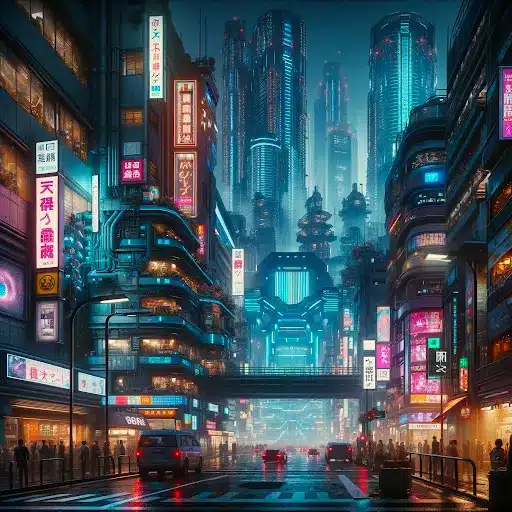
Main Content of the Review
Summary
“Neuromancer” introduces us to Case, a washed-up computer hacker hired by a mysterious employer. The story unfolds in a gritty, neon-lit world where human consciousness interfaces with the digital realm. Case’s journey through physical and digital landscapes raises profound questions about identity, humanity, and the role of technology in our lives.
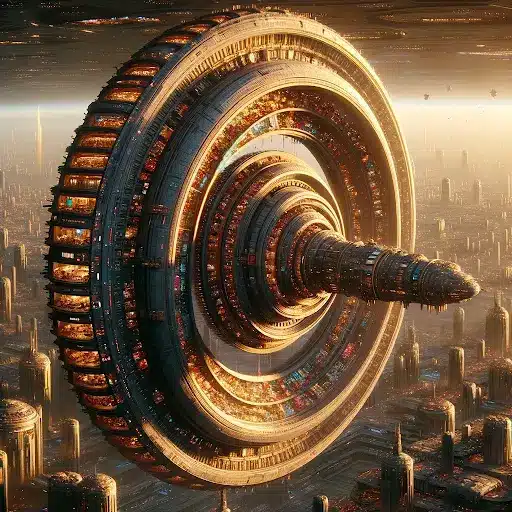
Critical Analysis
Gibson’s strength lies in his prescient vision of the internet, artificial intelligence, and virtual reality. However, the dense cyber-slang and complex plot can be challenging for new readers. The book’s influence is evident in various media, resembling works like “Blade Runner” and even predicting aspects of the internet before it became a reality.
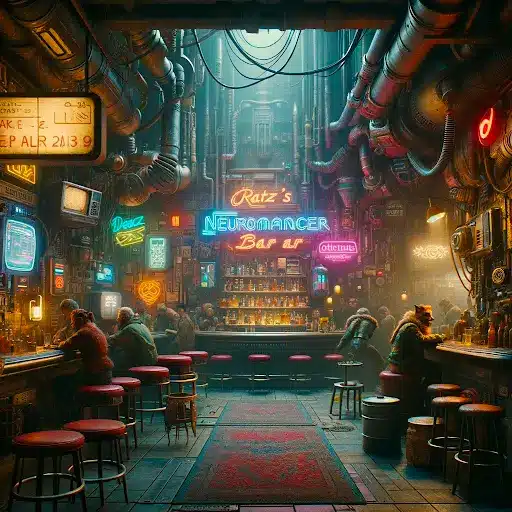
Personal Reflection
As a reader who has witnessed the growth of the internet and AI, “Neuromancer” felt eerily prophetic. The novel’s depiction of the fusion between human and machine has opened up new avenues of thought regarding our future relationship with technology.
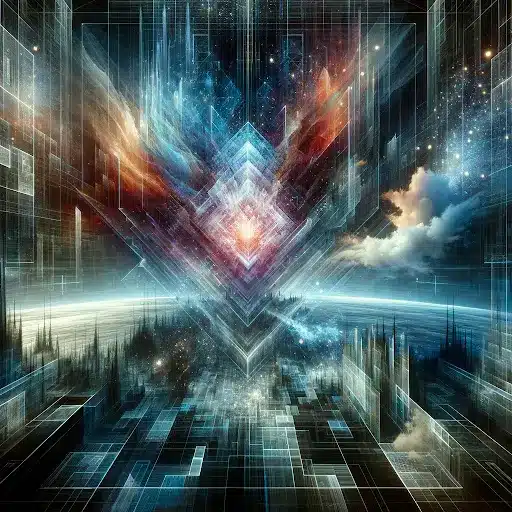
Recommendation
This book is a must-read for fans of science fiction, especially those interested in cyberpunk themes. It’s also perfect for readers curious about the origins of many modern sci-fi concepts.
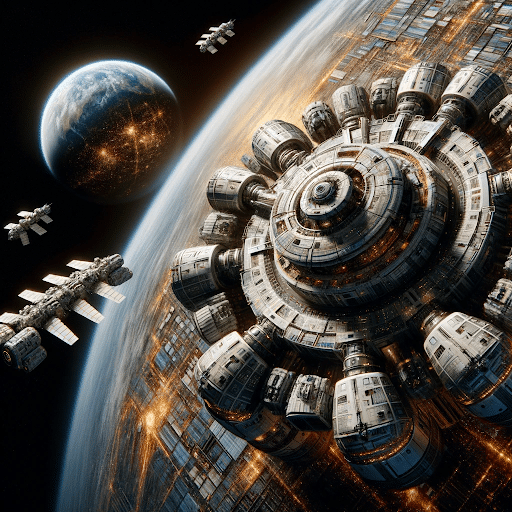
Conclusion
“Neuromancer” by William Gibson is more than just a science fiction novel; it’s a visionary glimpse into our digital future. Its complex narrative and rich thematic content make it a rewarding read for any science fiction enthusiast.
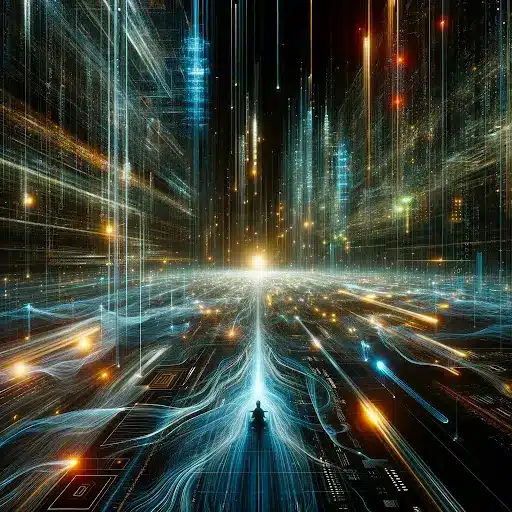
FAQs
Is “Neuromancer” suitable for readers new to science fiction?
While “Neuromancer” is a cornerstone of cyberpunk, its complex world and terminology might be challenging for newcomers to the genre.
What themes does “Neuromancer” explore?
The novel delves into themes like the impact of technology on humanity, the nature of consciousness, and the blurring lines between reality and virtual reality.
How has “Neuromancer” influenced modern science fiction?
“Neuromancer” has been a major influence in shaping the cyberpunk genre and has inspired many works in literature, film, and video games.
Does the book have sequels or related works?
Yes, “Neuromancer” is the first in the Sprawl trilogy, followed by “Count Zero” and “Mona Lisa Overdrive.”
What makes William Gibson’s writing style unique?
Gibson’s writing is known for its vivid imagery, innovative use of language, and the creation of immersive and detailed futuristic settings.
Author Bio of the Reviewer
At My Review Book (MRB), our team brings a wealth of experience in literature, technology, and cultural studies, making us uniquely positioned to review groundbreaking works like “Neuromancer.” Our passion for exploring the depths of speculative fiction ensures our reviews are insightful and comprehensive.
Please Write Your Comments